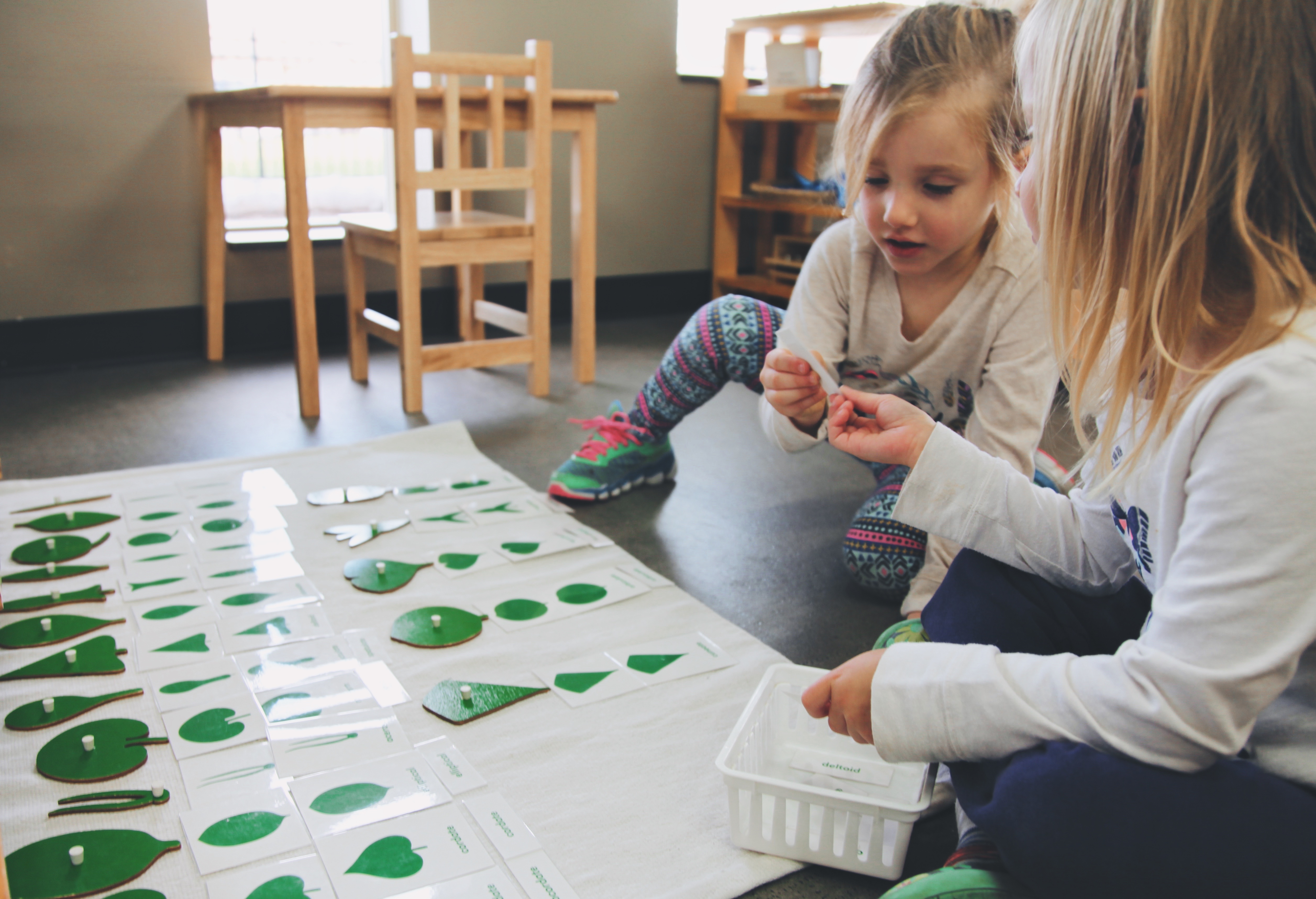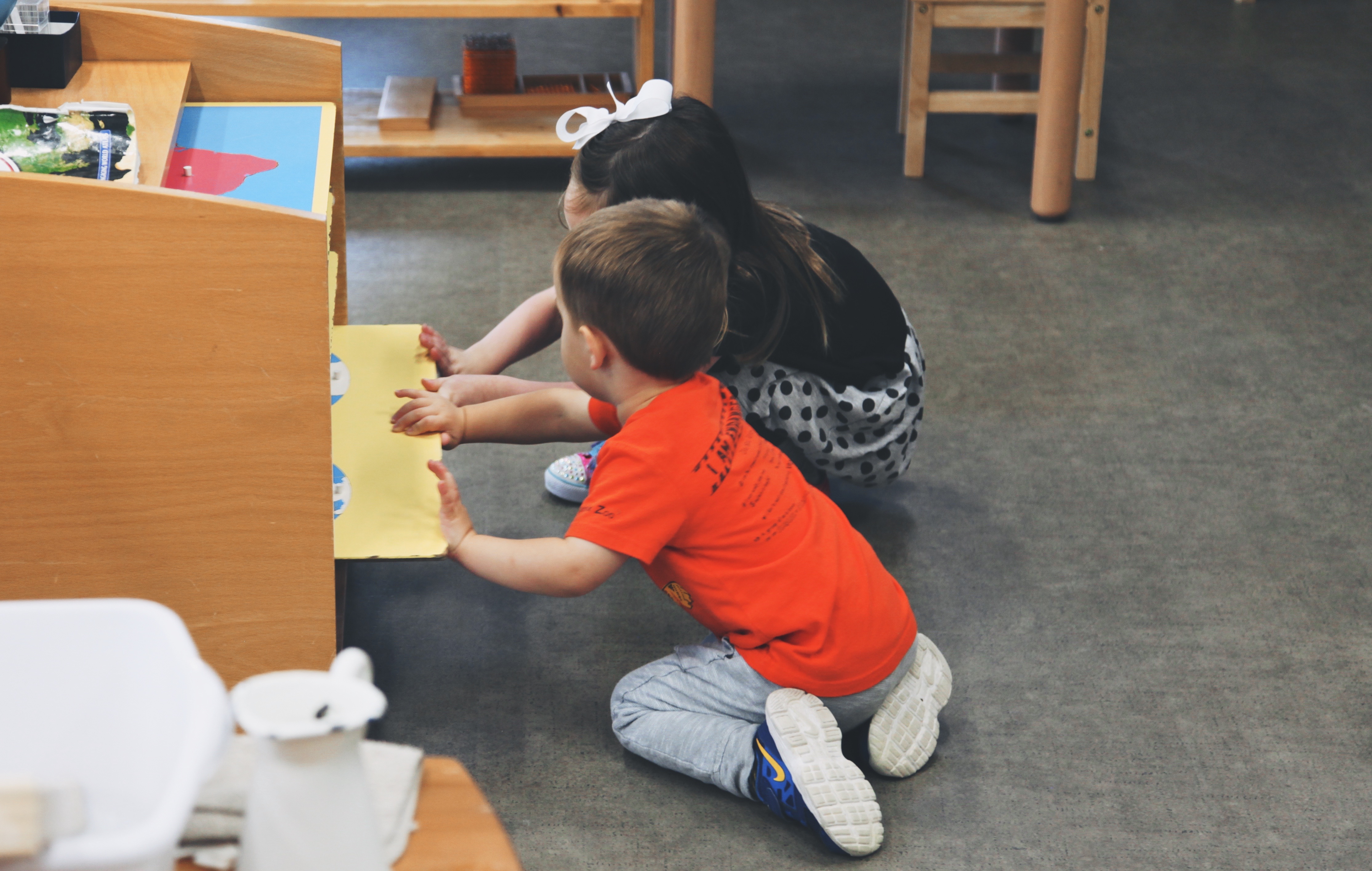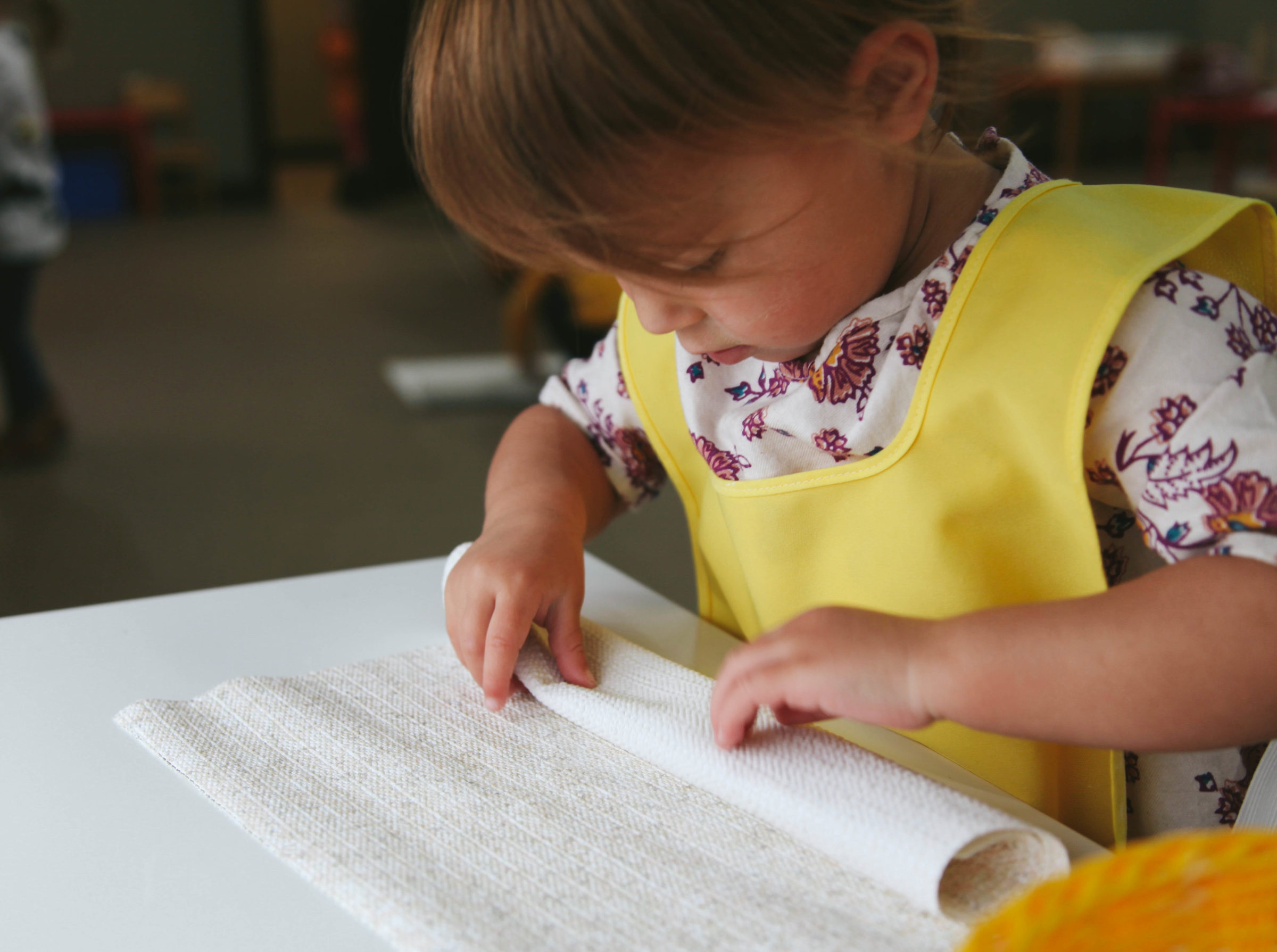Leaders in the Montessori Classroom
Thoughts & Reflections
In the Montessori classroom, teachers maintain a long term relationship with a child on the foundation of communication and consistent feedback. This process and relationship building makes leaders out of teachers and builds an environment that creates a room full of leaders in the classroom.
Leaders model behavior they want to see in others.
I cannot expect the children to use their inside voice if I decide to shout across a classroom on a regular basis. I cannot remind friends to push chairs in with their hands if I’m using my foot. I cannot tell the students to carry one thing at a time while I’m carrying five things at once.
Children, like adults, do not respect or trust hypocrisy of behavior. In order to maintain a functioning Montessori classroom, it is important to learn to be a leader. I am here to show them what they are capable of, not tell them what they aren’t allowed to do. I cannot expect behavior out of a child or peer without reflecting it myself.
Our behaviors are often reflected in the children in our care; they absorb behavior they observe from us. Before acting, I have to ask myself can the children in the classroom do this? Am I functioning within expectations of the classroom? How do I safely carry a chair? How do I properly roll up a mat? Asking questions of ourselves and our students is a great way to challenge and make us think about why we do what we do.
Verbal reasoning with visual modeling are the best way to lead by example. By modeling behavior, you reflect a belief in the very respect of others and the environment that you are preaching.
Leaders build on the foundation of relationships of trust and respect.
Montessori’s one on one individualized education is a great platform for helping students explore their passions and to help identify and to challenge them with new things. With deliberate practice and consistent feedback, the student gains confidence in the material, the classroom, and ultimately as a leader by giving the gift of learning to their friend.
With the setup of the Montessori classroom, teachers end up spending 2-4 years with a child. Over the course of this time, the teacher has a lot of one on one interactions. Through presentations, grace and courtesy lessons, they can build a personal relationship. By consistently developing logic, challenging, and encouraging, teachers develop the trust and respect of the child which is reflected in the environment.
This all comes down to following through.
A reliable leader commits to conviction of their passion by dedicating themselves to follow through with their teachings; ultimately, engendering the foundation of trust and respect. One of the key aspects of a functioning Montessori classroom is following through. We follow through by displaying respect to the materials and environment, protection of work and focus, and thoughtfulness to those in the classroom. Teachers give a child respect by consistently protecting their safety and their work, building trust and respect with their students.
Leaders make leaders.
May I show you?
Let’s do it together!
You try!
I know you can do it.
I know you know this work, can you help show our friend?
Through observation and diligent record keeping, teachers work to bring out the best in their students. As the years go on, students become more confident in the classroom and with the materials. They are often entrusted to take on the responsibility of helping new friends in the classroom and even showing them how things in the classroom work.
Slowly they become a leader in the classroom modeling behaviors of what they want to see, and also helping their peers gain confidence in the classroom. The responsibility is not passed but earned and entrusted in the classroom. As the children grow, they are given opportunities to become classroom helpers, teaching them that work beyond for the good of self is a reward. When a new child begins in a room filled with leaders, they can easily integrate into the community, someone is always helping them along the way.
Leaders have the ability to teach and show anyone how to gain responsibility and respect in the classroom, helping make leaders of us all.
How does this differ from traditional?
On the one hand, traditional system exemplifies positional leadership, also known as management. Teachers influence students by the power of their position rather than a position of mutual respect or teamwork. With structured age-based curriculums, teachers cannot plan for a child’s interest and cannot challenge students with a static curriculum.
On the other hand, a Montessori classroom works on setting the direction of their education. Each child is not measured by passing the minimum requirements, rather they are assisted into becoming leaders that seek out challenges and share their knowledge with their peers.
A common practice in schools today is to give directives that tell the children what they need to do as a group instead of showing and helping them draw their own logical conclusion. Children learn on the pacing of the teacher instead their own. In a traditional environment, it is very hard to respect a child’s pace of learning or their work when they are measured by the average of their peers. The type of measurement can often shift the goal of the school to maintaining the stability of the classroom as a whole rather than challenging students on a one-on-one basis, meeting them where they are.
Though leaders do exist in traditional classrooms, they emerge with hard work and rare opportunities. But in the a Montessori classroom all students are consistently given opportunities and shown what leadership looks like.
In conclusion…
Leadership is an invaluable and rare experience given to all.
Montessori gives every child the opportunity to teach, help, and build relationships with their peers. It makes leaders of the teachers and the students.
Written by:
Baan Dek







